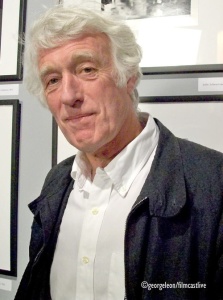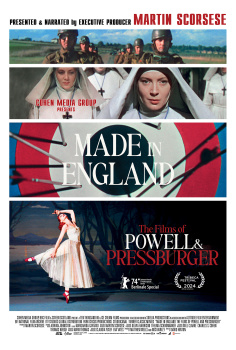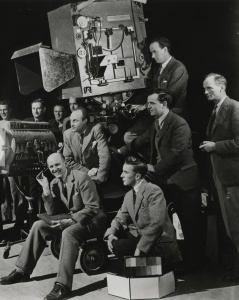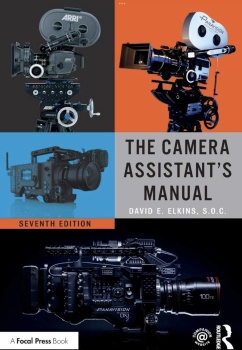By George Leon
A little romance, some sex, some treachery, and a few laughs …Chances are that when you read the title You Will Meet a Tall Dark Stranger, it conjures up a vision of a gypsy fortune teller gazing into a crystal ball and telling someone they are going to meet the love of their life. That is an accurate perception.
You Will Meet a Tall Dark Stranger is the third collaboration for Vilmos Zsigmond, ASC and writer-director Woody Allen. Their previous co-ventures were Melinda and Melinda in 2004 and Cassandra’s Dream in 2007. You Will Meet a Tall Dark Stranger was produced in London on a relatively low budget. The story is set in contemporary times. Star performers in the ensemble cast include Anthony Hopkins, Antonio Banderas, Josh Brolin, Naomi Watts, and Freida Pinto, among others and it will premiere Out-of-Competition at Cannes 2010.

In an early scene, a friend introduces a distraught, recently divorced woman to a fortune teller who paints a verbal picture of a happy future with a man she is destined to meet. As the story evolves, the audience meets various characters who are also searching for the loves of their lives. It’s a universal theme.
You Will Meet a Tall Dark Stranger was produced in 30 days at practical locations, which augment how the audience perceives the various quests for eternal love. “Woody described his vision for each scene in notes that were part of his script,” Zsigmond says. “We scouted until we found the perfect location for each scene.”

Zsigmond and Allen intuitively agreed that the 35 mm film format with images composed in 1.85:1 aspect ratio was the right aesthetic. There were no storyboards. Allen discussed his vision for each scene during rehearsals. He trusted Zsigmond to capture his story on film. In turn, the cinematographer discussed his vision for naturalist lighting that set the tone for each scene with gaffer John “Biggles” Higgins.
“We covered around 98 percent of the scenes with a single Panavision (Millennium XL or Platinum) camera that was usually on a Steadicam tracking with the actors,” Zsigmond says. “Biggles had the right light for each moment in the story. “Woody was usually next to the camera. He occasionally looked at scenes on a monitor, but we trusted (camera operator) Peter (Cavaciuti) to get composition right.”
Zsigmond recorded darker interiors and night scenes on KODAK VISION3 500T 5219 and daylight exteriors on KODAK VISION3 250D 5207 color negative films. He documented every setup with digital still pictures, which he timed on a personal computer each night to indicate his intentions for the looks of different scenes. “Woody wanted everything in the warm zone with golden sepia tones,” he says.
Zsigmond emailed the timed still pictures to dailies timer Russell Coppleman at Deluxe in London. They also communicated regularly by phone. Zsigmond watched the HD dailies, provided by Arion (part of the Deluxe group), to verify that focus and composition were what they had envisioned. He relied on Coppleman to judge whether colors and contrast were consistent with their intentions. Mark Wright edited the negative with Allen, and Zsigmond timed the final cut with Clive Noakes. “Woody brings out the best in everyone,” Zsigmond observes.
































































